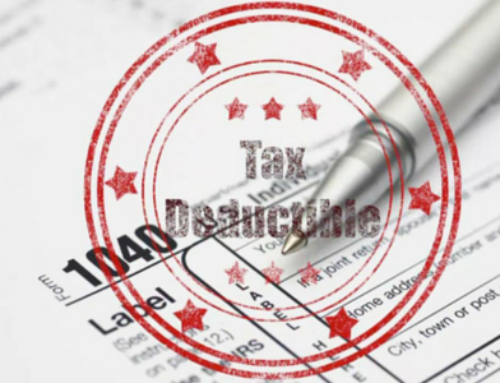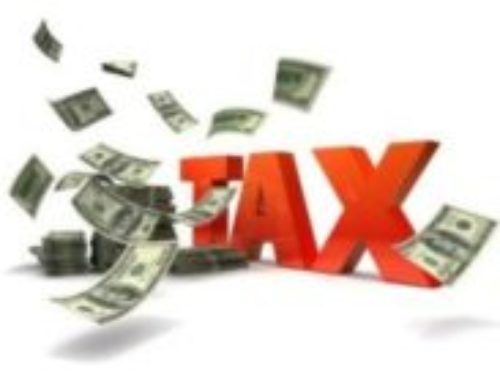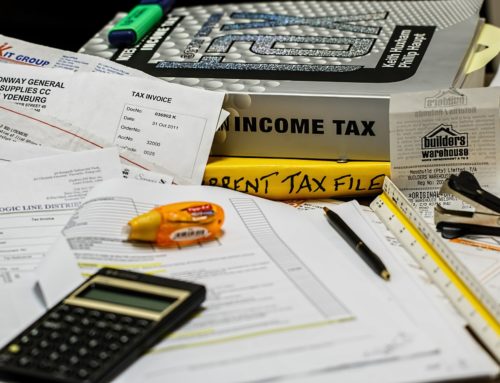For many small business owners in the Willow Grove area, miles driven is often an overlooked tax deduction. The mileage deduction can add up to significant tax savings. If you travel at all for business or business-related errands, you should take advantage of this important deduction opportunity. You have two options for methods of deduction, and which is better depends on your particular situation. Both, however, will require tracking miles.
Standard deduction
Taking the standard mileage deduction is convenient for those who do not do much business travel. However, it can also be the right choice for those who do. The standard deduction simply requires you to maintain a log throughout the year. This log should track the mileage, destination, and purpose of all business travel.
There are some circumstances in which you may not use the standard deduction:
- You have claimed any depreciation on the vehicle other than straight-line depreciation.
- You operate five or more cars at the same time.
- You’ve previously used the actual expense deduction on a car you lease.
Actual expense deduction
The actual expense deduction allows you to deduct all expenses associated with the operation of the vehicle. This can include gas, oil, repairs and maintenance (including car wash), tires, insurance, registration fees, licenses, and depreciation or lease payments.
However, it is still necessary to track your mileage for this deduction. You can keep a log throughout the year, as described for the standard deduction. Alternatively, you can take a sampling and use that to estimate the percentage of business use for the vehicle. To do this, take the odometer reading at the beginning and end of the year. Choose a period of time to keep scrupulous records for a period of at least 90 days. Although this period of time does not need to be contiguous, make sure it is representative of business use.
You can choose a period of three months or you can choose one week out of each month: every first week, or every second week, whatever works best for your business. The key is for it to be representative of your typical business use.
As with the standard deduction, record the date, destination, purpose, and odometer readings at the beginning and end of each trip. At the end of your sampling period, determine what percentage of miles were used for business. Using the year’s beginning and ending odometer readings, determine mileage use for the year and deduct any atypical use from your total mileage (for instance, a family vacation using the car). Then use this final number as the basis to calculate the total number of miles used for business, based on the percentage you determined from your sampling.
For instance, if you’ve determined that 50% of auto use is for business, and after subtracting the family vacation you calculated 10,000 miles on the car, your business use is 5,000 miles for the year.
How to track mileage
As already mentioned, you can keep a meticulous written log in your car and mark every trip, or you can write the information on your personal calendar. However, many people have migrated to paperless record-keeping and online calendars. Fortunately, some very handy apps exist for mileage tracking as well. These apps will automatically calculate the mileage of your trips, and depending on the sophistication of the app you choose, can intuit business or personal, destination, and other details.
Talk to your accountant to determine which method is best for you. Decide together how best to track your mileage and expenses. If you have any questions or need help with your mileage tax deduction, contact us here at Koelle. We’ve been helping individuals and businesses in Willow Grove, Dresher, Huntington Valley, Fort Washington, and all surrounding areas for over 30 years.




